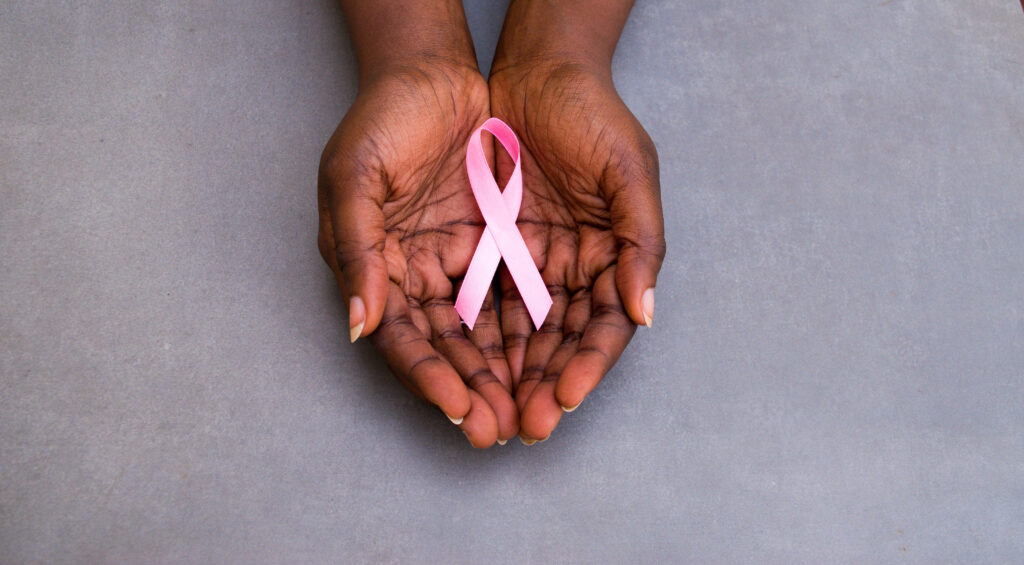Breaking down barriers: How Parkland Health is broadening access to breast cancer care
Harnessing the power of social determinants, Parkland Health disrupts traditional care models and brings life-saving mammography services directly to underserved communities.

Improving and managing care by factoring in social determinants of health involves more than slicing and dicing data. General theories can be formed through analytics, and then the experience on the ground requires adaptation, and trial and error.
That’s an important learning from the experience of Parkland Health, which saw a need to improve breast cancer detection among underserved women in the Dallas metro area, after comparative data pointed to a disproportionate percentage of serious, late-stage cancer cases among minority populations.
Parkland, which operates Parkland Memorial Hospital, is the metro area’s safety net provider, operating the acute care facility, about 30 community-based clinics throughout the county. It had more than 1 million patient visits and provided more than $1 billion in uncompensated care. Some 20 percent of residents in its service area have no insurance, nearly three times the rate nationally.
Focusing on breast cancer
Parkland sought to upgrade its community-based program a couple years ago, says Teresita Oaks, director of community health programs at Parkland. “We took a three-pronged approach to understand the population and define the problem from a community perspective. We wanted to use clinical data and SDOH data to understand infrastructure issues causing health disparities – what was the patient experience with some of the issues that we have.”
Breast cancer emerged as one of the first efforts for Parkland, because of comparative data showing higher incidences of advanced stages of the disease among its patient population. “When we compared ourselves with other hospitals, we had higher rates (of patients) being diagnosed with advanced states,” Oaks notes. She provided an update on the initiative at the 2023 WEDI spring conference in mid-May.
Parkland’s data showed higher rates of advanced breast cancer among African Americans (42 percent of all cases) and Hispanics (36 percent). And a large percentage of breast cancer patients were traveling more than 10 miles for treatment. In fact, the southeast section of the county was a desert for health services, Parkland research found.
Demographic data further indicated that the majority of patients with advanced breast cancer were coming from southern sections of the county. Further analysis showed that two of the ZIP codes in its service area had the highest social need index in the county, and there was correlation between those two areas and poor health outcomes.
More than just data
Parkland dug deeper to seek direct input from the community to gain the population’s perspective on breast cancer, and the results were illuminating, Oaks says. “We reached out to community partners, food banks, churches, Mary Kay groups and invited them to participate in a series of focus groups to gain an understanding of their perspective.”
From the groups, researchers found that mammography procedures evoke fear, anxiety and confusion. “Many women believe that mammograms will only confirm that they have cancer,” so by avoiding them, they believe they won’t have the disease, Oaks says.
Also, because the percentage of women-led households is higher in the two ZIP codes being studied, women were dissuaded from having the procedure because they’d have to take time off work, would likely lose most of a day to have the test and wouldn’t be able to care for their children after school or aged family members living with them.
Parkland formulated a plan in early 2020 seeking to increase the percentage of women from target populations who received routine mammograms. The plan was obviously delayed by the onset of the COVID-19 pandemic, and it’s only now approaching targets that it had hoped to achieve soon after rollout, Oaks admits.
Moving tests to the community
In response to analysis of the social data, Parkland moved testing to the neighborhoods, partnering with entities such as grocery stores, food banks or parks to locate mobile units where residents would be going anyway. It looked to employ community health workers or navigators from the communities to build more relationships and trust with the residents.
Additionally, it moved some testing initiatives to weekends, to take the logistical burden off of women who were working or caring for families during weekdays.
Numbers are ramping up, according to Parkland data. It conducted more than 420 outreach events in 2022 and connected with more than 13,000 women.
“The research helped us understand the importance of trust, and trust is the aftermath of what (the residents’) experience was,” Oaks says. “Experience begins with how we interact with the community before that. It was important to hire workers from the community from whom they could go and get answers. Also, it’s key to have breast health educators, enabling one-to-one communication to help clarify their follow-up questions.”
The success of the outreach is getting noticed, she notes. There’s significant buy-in from Parkland Health’s board, and now county leaders want the organization’s outreach team to provide updates on the initiative.